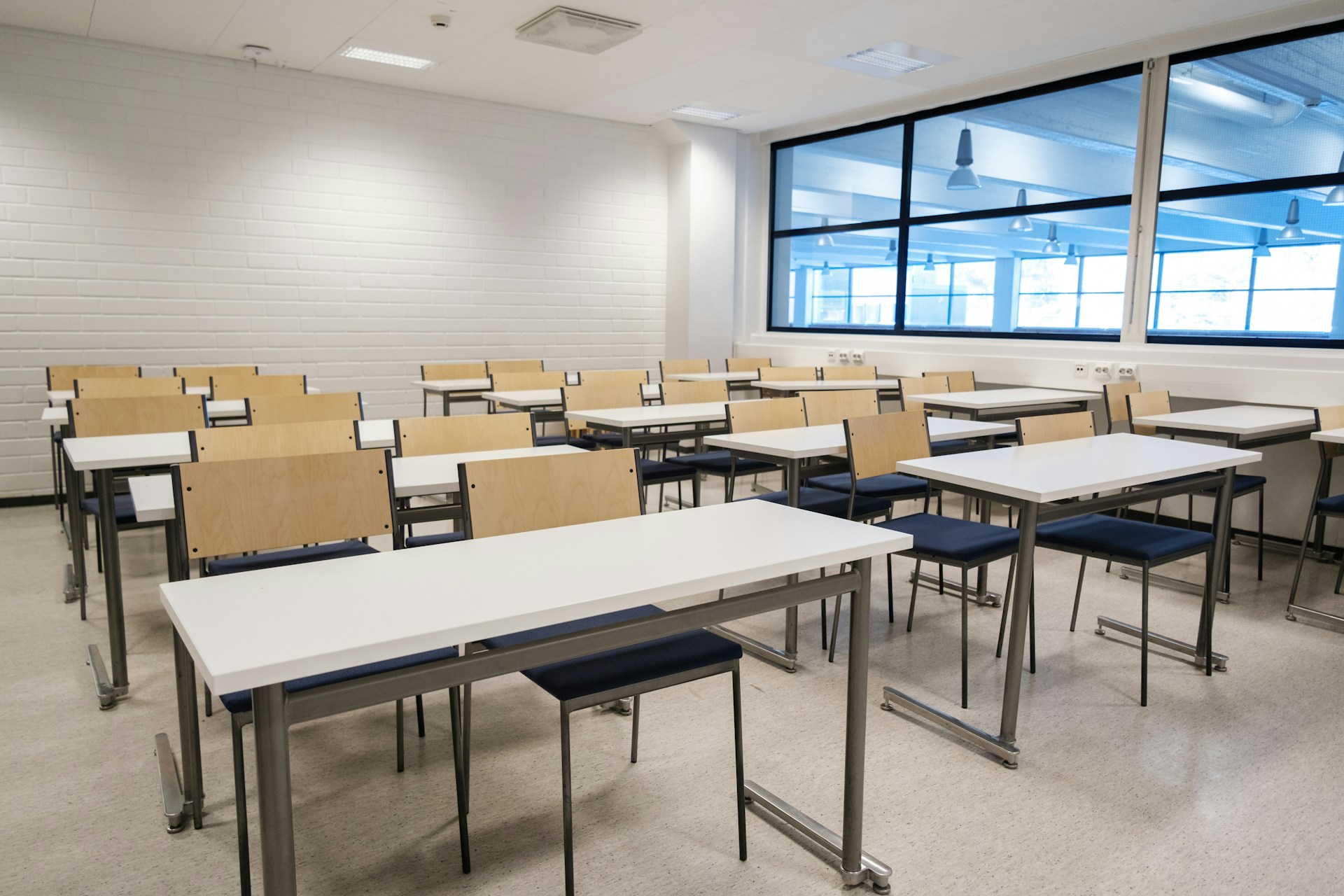How Is Technology Making Schools Safer? Here’s What You Should Know
When it comes to keeping schools safe, technology has been stepping up to the plate in ways that are both innovative and practical. From smarter fire safety measures to advanced systems for controlling who comes and goes, today’s tech is reshaping what it means to feel secure in educational environments. With safer schools kids can learn better without worrying about emergencies that may arise. Let’s take a closer look at six specific ways technology is making life safer for teachers, students, and everyone in between.
Fire Safety by Using Smarter Tools During Construction
It might not be the first thing that comes to mind when thinking about school safety, but fire safety has been revolutionized by technology, particularly during the construction or renovation of school buildings. Fire safety issues have long been a concern, as noted by experts who warn about the broader impact on industries.
Advances in fire suppression systems, smoke detectors, and heat-sensing technology are now integrated during construction phases to ensure long-term safety. These systems not only meet but often exceed regulatory requirements, offering peace of mind before the first bell even rings. Smart construction tech is helping schools stay ahead of potential disasters by prioritizing safety from the ground up.
Controlled Access for Who Gets in and Who Stays Out
One of the most pressing concerns for schools is managing who enters the building. Modern school access control systems are paving the way for more secure campuses. By using technology like keyless entry, facial recognition, or coded badges, schools can restrict access to authorized individuals only.
These systems do more than keep unwanted visitors out—they also make it easier for teachers, students, and staff to move seamlessly throughout the day without fumbling for their keys or waiting for someone to unlock a door. With school access control systems, the focus shifts from reactive measures to proactive security, ensuring a safe environment where learning can thrive.
Surveillance That Works Smarter, Not Harder
Gone are the days of grainy surveillance footage that’s only useful after an incident occurs. Today’s schools are adopting AI-powered cameras and monitoring systems that can identify potential threats in real time.
Whether it’s spotting an unauthorized individual wandering the hallways or recognizing unusual movements that might signal trouble, these systems provide schools with a critical edge. Better yet, advanced surveillance systems can integrate with emergency response protocols, sending alerts directly to local authorities or school administrators in seconds.
Emergency Communication at the Speed of Tech
When emergencies arise, every second counts. Modern technology has revolutionized how schools communicate during a crisis. Mobile apps, mass texting platforms, and automated phone systems ensure that students, teachers, and parents are informed as quickly as possible. Imagine a weather-related closure or a lockdown situation—parents can get updates immediately, reducing confusion and ensuring everyone knows what to do. These systems can also help staff coordinate their response, streamlining efforts to protect everyone on campus.
Visitor Management for no Surprises at the Front Desk
Visitor management systems have come a long way from simple sign-in sheets at the front office. Today’s technology offers digital visitor logs, instant background checks, and even pre-registration for expected guests.
This means schools can verify who is coming onto campus in real time and make informed decisions about access. Whether it’s a contractor, a guest speaker, or a parent, schools are now equipped to handle visitors efficiently and securely, leaving no room for guesswork.
Online Safety to Protect Students in the Digital Age
It’s not just the physical campus that needs safeguarding—students’ online activities are also a key focus for schools. Advanced internet filtering systems, anti-cyberbullying tools, and secure networks help protect students from harmful content and online predators.
These technologies are especially critical as more classrooms embrace digital learning tools. By removing distractions and online dangers, students can use tech tools to learn skills that will help them as they grow up. By ensuring that students can explore the internet safely, schools are creating an environment where technology enhances education without introducing unnecessary risks.
Technology has become a cornerstone of modern school safety, addressing challenges both old and new. With these innovations, schools are proving that a secure environment is more than just a goal—it’s an ongoing commitment to the well-being of everyone who walks through their doors.

